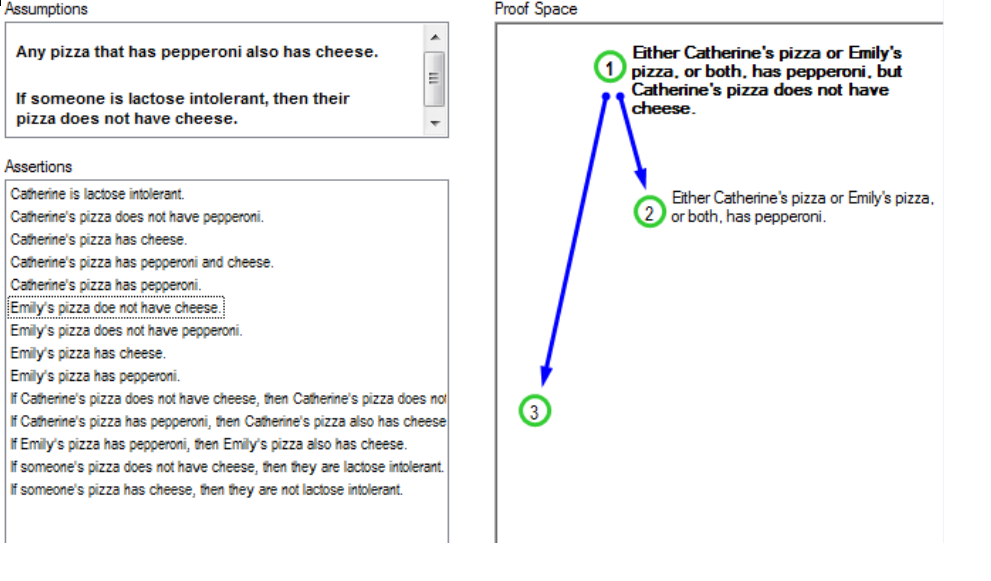TEALS Time
Everybody know's I'm the Statler and Waldorf of the CS Education world.

I've been known to be "prickly," which is a nice way of putting it and I'm openly critical of many programs out there.
One program, however, that I very much like is TEALS. They've been around since 2009 founded by Kevin Wang, a former teacher. The basic idea was to have tech professionals go to a school on the way to work and team teach a CS class with one of the school's teachers. The tech person would provide the CS expertise and the teacher would provide the education chops. They'd both learn from each other and the students from both of them. I didn't know what to make out of it when I first heard about them and in general, I am pretty skeptical about drop in programs.
After a couple of years, I started hearing from my former students. As it turns out, a number of them had independently discovered TEALS and become volunteers. They all talked about how rewarding the experience was and how much the kids were getting that they wouldn't have gotten otherwise.
I was sold.
TEALS has expanded considerably in the decade since they started. Now they support multiple classes at multiple levels, have different models from the original team teaching to a model where the volunteer is more of a general tech / programming resource and the teacher is more self sufficient.
Most importantly, they provide quality training and materials to both the teachers and the tech volunteers.
No drop in program can ever replace well prepared knowledgeable teachers but in K12 CS very few of those teachers exist and it will take us years to produce them.
Until then, TEALS is one of the best programs to get CS education to our kids and even when we do get there, their ability to connect schools with volunteers and resources can't be understated.
If you're a tech professional and want to do some real good, volunteer with TEALS - here's a link to more information: https://www.tealsk12.org/volunteers/.


